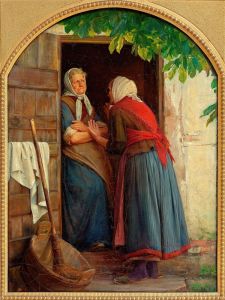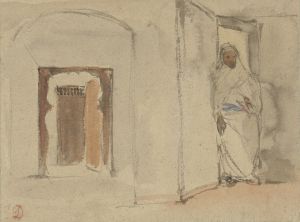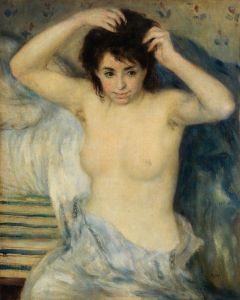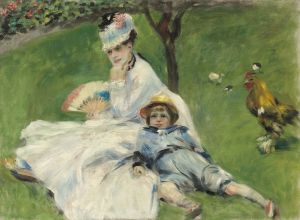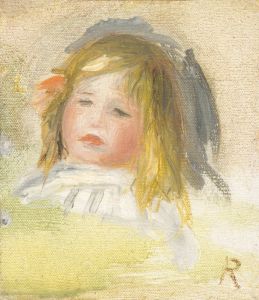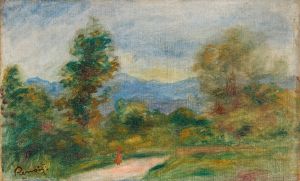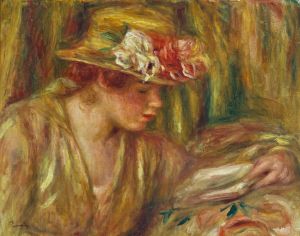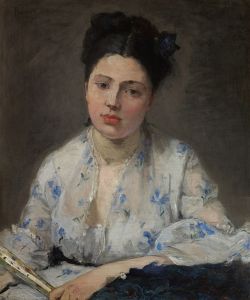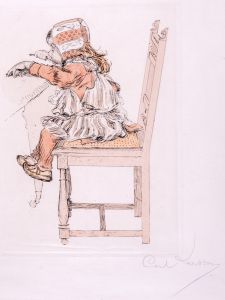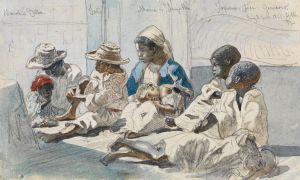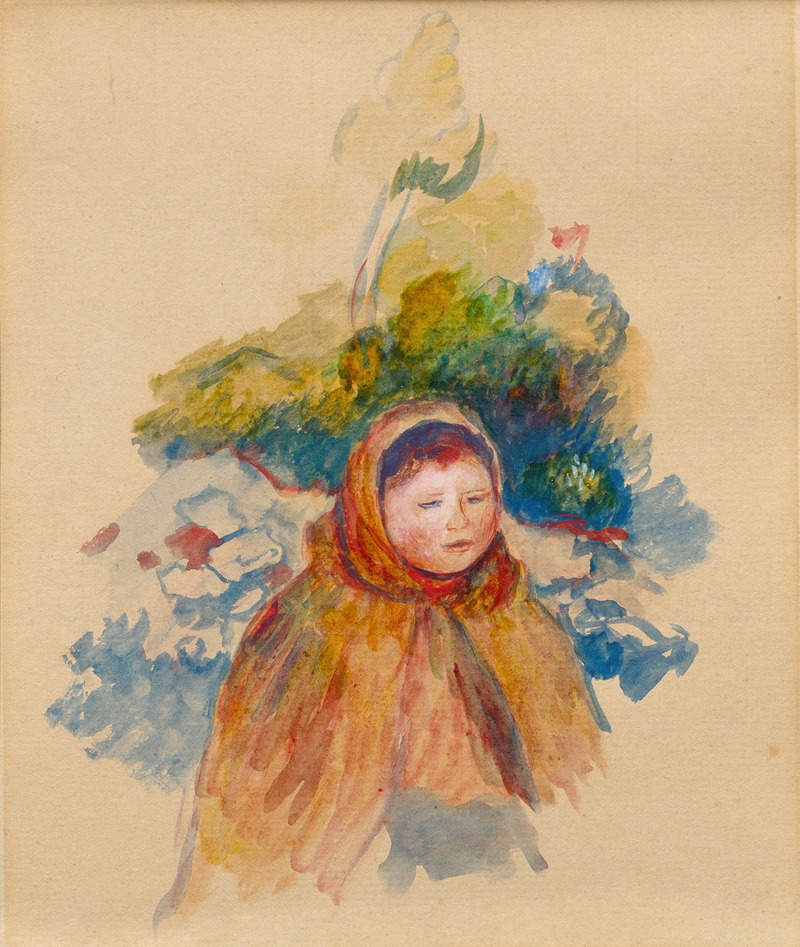
Jeune paysanne
A hand-painted replica of Pierre-Auguste Renoir’s masterpiece Jeune paysanne, meticulously crafted by professional artists to capture the true essence of the original. Each piece is created with museum-quality canvas and rare mineral pigments, carefully painted by experienced artists with delicate brushstrokes and rich, layered colors to perfectly recreate the texture of the original artwork. Unlike machine-printed reproductions, this hand-painted version brings the painting to life, infused with the artist’s emotions and skill in every stroke. Whether for personal collection or home decoration, it instantly elevates the artistic atmosphere of any space.
Pierre-Auguste Renoir's "Jeune paysanne," also known as "Young Peasant Girl," is a notable work by the celebrated French Impressionist painter. Renoir, born in 1841, was a leading figure in the Impressionist movement, which sought to capture the effects of light and atmosphere in their paintings, often focusing on everyday scenes and people.
"Jeune paysanne" is a portrait that exemplifies Renoir's skill in capturing the delicate features and expressions of his subjects. The painting depicts a young peasant girl, characterized by her simple attire and serene demeanor. Renoir's use of soft brushstrokes and a light color palette highlights the girl's youthful innocence and the natural beauty of rural life, a common theme in his work.
Renoir's approach to this painting reflects his broader artistic philosophy. He was known for his emphasis on beauty and harmony, often choosing subjects that conveyed a sense of joy and tranquility. In "Jeune paysanne," this is evident in the gentle rendering of the girl's face and the subtle play of light across her features. The background, though not the focal point, complements the subject with its muted tones, allowing the viewer to focus on the girl's expression.
The painting is also a testament to Renoir's mastery of color and light. He was adept at using color to convey mood and atmosphere, and in "Jeune paysanne," the warm hues contribute to the overall sense of warmth and contentment. The interplay of light and shadow adds depth to the portrait, enhancing the three-dimensionality of the figure.
Renoir's interest in rural themes can be traced back to his visits to the countryside, where he found inspiration in the simplicity and beauty of peasant life. This painting is one of several works where he explored similar themes, capturing the essence of rural France with sensitivity and affection.
"Jeune paysanne" is housed in the Musée d'Orsay in Paris, a museum renowned for its extensive collection of Impressionist and Post-Impressionist masterpieces. The painting is part of a larger body of work that has cemented Renoir's reputation as one of the foremost painters of his time. His ability to capture the subtleties of human expression and the fleeting effects of light has left a lasting impact on the art world.
Renoir's legacy continues to influence artists and art lovers alike, and "Jeune paysanne" remains a cherished example of his artistic vision. The painting not only showcases his technical prowess but also his deep appreciation for the beauty found in everyday life. Through works like this, Renoir has contributed significantly to the appreciation and understanding of Impressionist art, making him a pivotal figure in the history of Western art.





